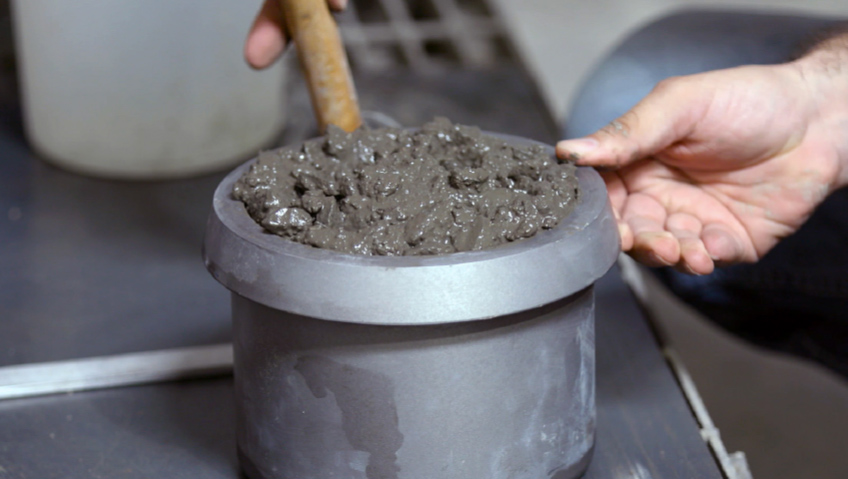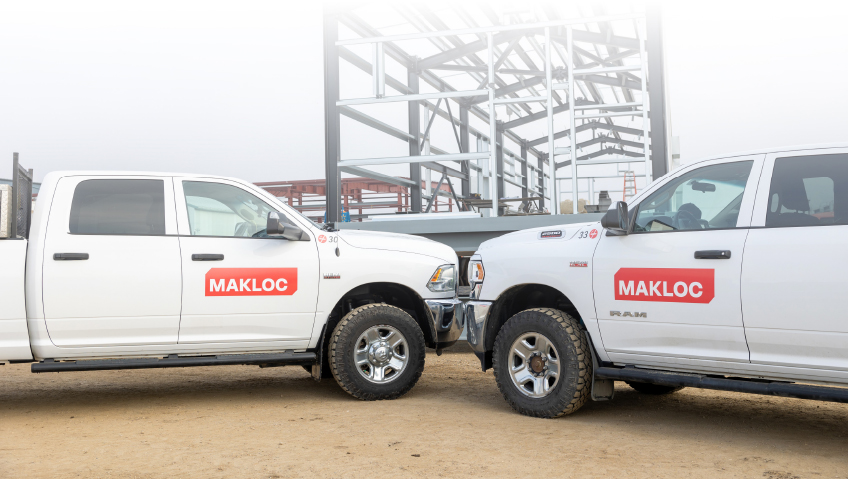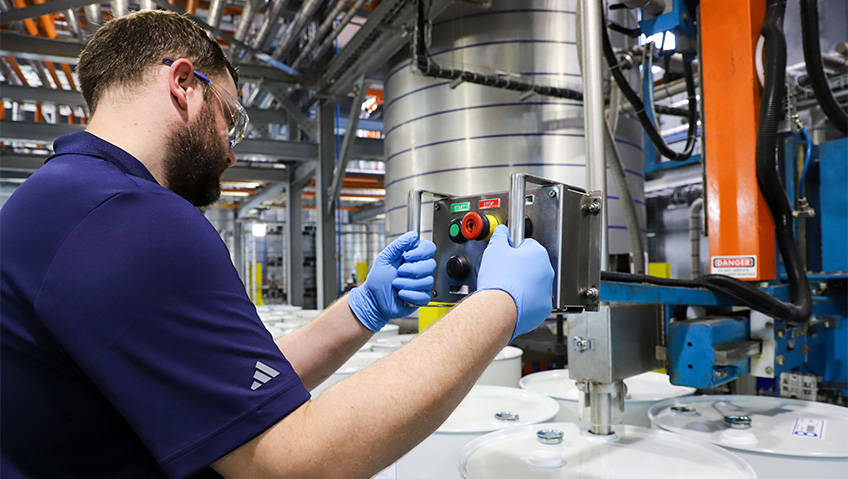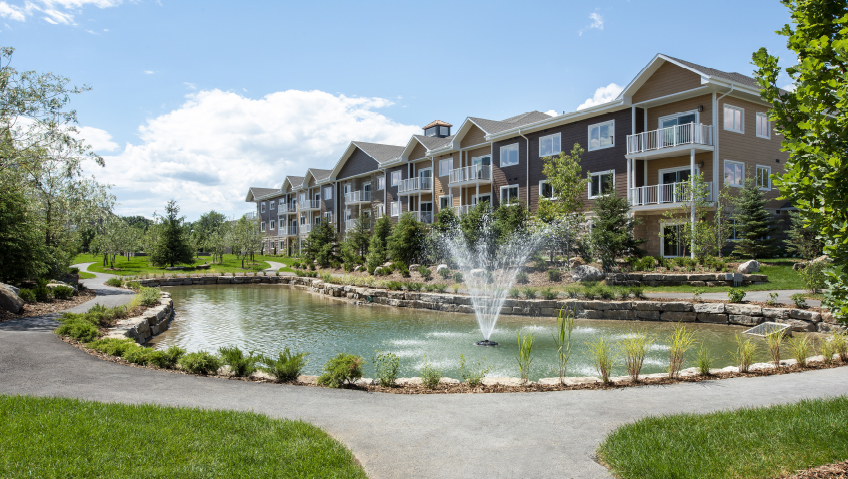The American Concrete Institute (ACI) is always advancing the industry by guiding and assisting individuals and organizations involved in concrete design, construction, and related materials. With more than 100 chapters, 146 student chapters, and over 30,000 members spanning 120 countries, the Michigan-based non-profit develops and offers consensus-based standards, technical resources, educational programs, training programs, and certification programs.
After featuring ACI in 2017, Construction in Focus sat back down with John W. Nehasil, ACI’s Managing Director of Certification and Chapters, to learn the latest news and developments.
“The biggest news we have is we just opened up our third ACI regional Resource Center,” Nehasil says. “We’ve opened up these Resource Centers to bring ACI closer to some of the clients that need it.” Located in Columbia, Maryland, the center expands support to the Mid-Atlantic, enhancing the support already offered by ACI’s other Resource Centers, which serve Southern California and the Midwest.
Relatively new, ACI Resource Centers are an exciting addition to the organization’s offerings. The center in Chicago has been up and running for about two years and the one in San Bernadino, California opened in 2020, during the pandemic, which created challenges because of the restrictions in place. After putting in the hard work to overcome these challenges, ACI is now seeing these centers “gaining some traction” and reaching the people they are designed to support.
Each center is flexible enough to support a variety of regional industry needs. “The resource centers are not just for certification,” says Nehasil. “They’re for any service that ACI offers: training, seminars, workshops, and more. The venue can even be used for industry meetings and events too,” he explains.
“The Resource Centers’ primary purpose is to provide responsive regional access to ACI services such as focused training, educational programs, and certification review and exam sessions in an intimate environment,” Nehasil details. “And by intimate environment, we really mean that we’re limiting the number of people that we will handle in a class at the same time to five. So they’re very small classes with personalized attention.”
This makes the classes ideal for people who are new to working with concrete. “They may have been employed in a completely different industry last week, but now they’re employed in the concrete construction industry.”
ACI has a plan in place to meet demand for larger classes. “If demand for a program consistently reaches between 10 and 15 people and if the local sponsoring group is willing and capable, we’ll train them in how to run it and turn it over to them. Training of ACI’s Sponsoring Group personnel is critical to the success of all ACI Certification programs.”
Effectively training future program administrators is imperative. ACI strives to maintain compliance with international standards, ISO/IEC 17024 in particularly, so this “compels ACI to make sure that examiners and administrators know how to properly, effectively, and fairly administer that program,” Nehasil explains.
In addition to coordinating activity at the Resource Centers, ACI is in the process of developing and releasing several new certification programs, all of which meet different industry needs.
A new program to certify ACI 318 (Reinforced Concrete Building Code) Design Professionals is complete and ready to launch outside of the United States. This program was requested by authorities where ACI CODE 318 is used, but no formal licensure or registration of civil engineers exists. This credential provides assurance that a design professional can navigate the Code and locate provisions that properly apply to specific situations.
Another new certification program focused on fiber-reinforced polymer (FRP) inspections will be launched by the end of the year. “That particular program is in response to the increased use of glass fiber-reinforced polymer reinforcing bars in concrete,” Nehasil says. “They’re handled differently than steel, so, on a jobsite, there are certain things you can do with steel that you can’t with FRP and certain ways to handle FRP that you can’t do with steel, so it makes sense that the inspectors understand that and make sure the materials are handled properly until they’re embedded in the concrete.”
An ACI 562 Design Professional program was just approved for development by the ACI Board of Direction. “562 is our repair Code,” Nehasil says. “Repair has gotten to be a very hot topic lately. A lot of the certification programs and codes are really designed for new construction, and the repair code is something that’s needed for repair of existing structures. With renewed focus on sustainability and resiliency, this is likely to be a needed program.”
Lately, there is a more focused and coordinated effort to promote programs internationally and be more nimble and rapid in doing so. “Domestically, our code advocacy section within ACI has been very active and successful in facilitating inclusion of citations requiring certification programs in codes and specifications, leading to robust acceptance for our programs,” said Nehasil.
This domestic acceptance has allowed the Institute to promote use of its certification programs internationally. Along with promotion, ACI is preparing materials to be delivered in new international markets, sometimes undergoing a rigorous translation and review process prior to use. As an example, ACI was able to launch a translated program in Indonesia within one year of initial contact with Himpunan Ahli Konstruksi Indonesia (HAKI), the ACI partnering organization in Indonesia who tasked themselves with seeking authorization to conduct the program.
When it comes to the current state of the industry, finding skilled labor remains a challenge. “The job market continues to be weak, so candidates are migrating from other industries and have no knowledge of concrete at all. Our preparation and workforce development of those people has become more critical. We’re reworking and rewriting our training materials to address that and approach them from a different perspective, for someone who is much less aware of concrete construction—or construction in general, for that matter. That’s a huge challenge right now that we’re facing, but I believe our adjusted approach is correct and will result in better-prepared workers.”
Looking ahead, Nehasil sees that the industry is on the cusp of “a revolution in terms of materials, the speed of integration of those materials into building codes and specifications, and transferring all of that knowledge and all of that technology down to the people who are using it. I think we are really at a bit of a crossroads; the more rapidly we can do that, the better off we’re going to be and the better the whole construction industry will be as a result.”
With three new Resource Centers in play, ACI is eager to take its support to the next level in order to meet today’s evolving needs for a stronger industry tomorrow.






